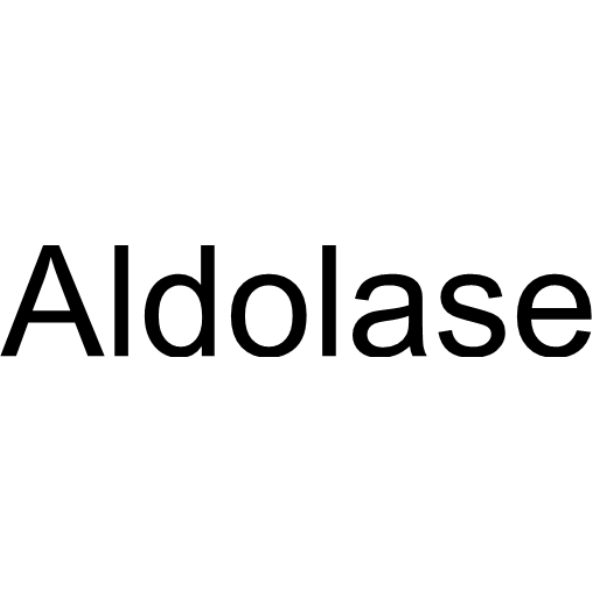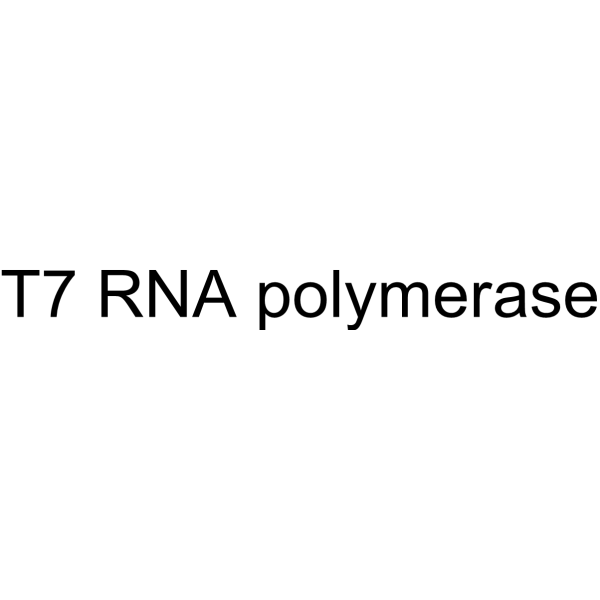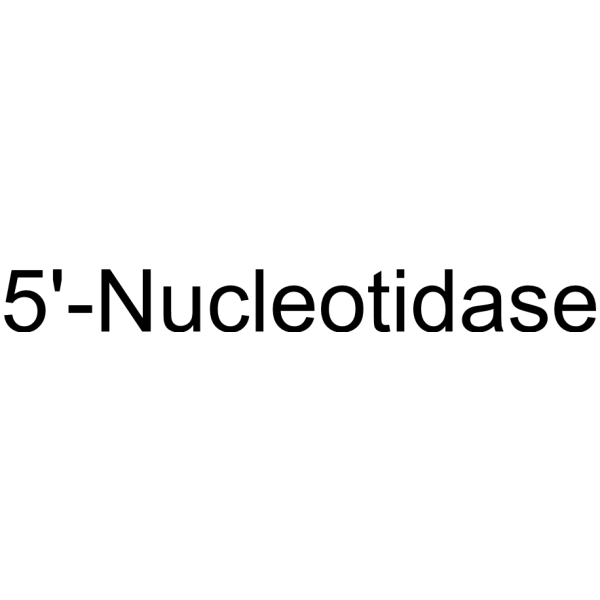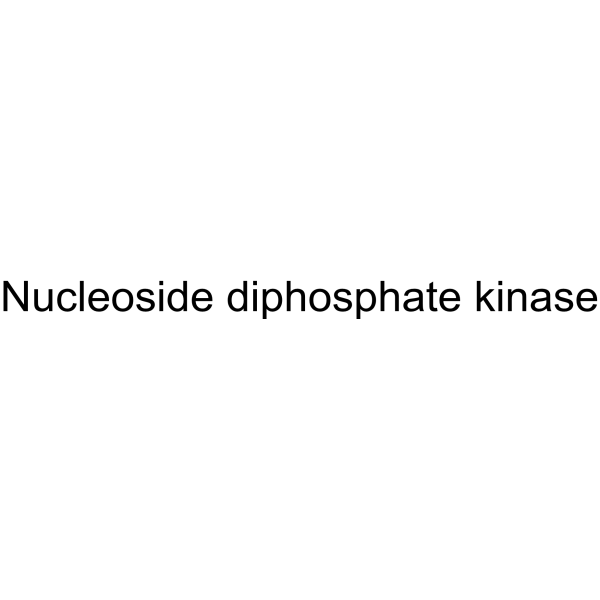Nature
2006-04-20
DNA sequence of human chromosome 17 and analysis of rearrangement in the human lineage.
Michael C Zody, Manuel Garber, David J Adams, Ted Sharpe, Jennifer Harrow, James R Lupski, Christine Nicholson, Steven M Searle, Laurens Wilming, Sarah K Young, Amr Abouelleil, Nicole R Allen, Weimin Bi, Toby Bloom, Mark L Borowsky, Boris E Bugalter, Jonathan Butler, Jean L Chang, Chao-Kung Chen, April Cook, Benjamin Corum, Christina A Cuomo, Pieter J de Jong, David DeCaprio, Ken Dewar, Michael FitzGerald, James Gilbert, Richard Gibson, Sante Gnerre, Steven Goldstein, Darren V Grafham, Russell Grocock, Nabil Hafez, Daniel S Hagopian, Elizabeth Hart, Catherine Hosage Norman, Sean Humphray, David B Jaffe, Matt Jones, Michael Kamal, Varsha K Khodiyar, Kurt LaButti, Gavin Laird, Jessica Lehoczky, Xiaohong Liu, Tashi Lokyitsang, Jane Loveland, Annie Lui, Pendexter Macdonald, John E Major, Lucy Matthews, Evan Mauceli, Steven A McCarroll, Atanas H Mihalev, Jonathan Mudge, Cindy Nguyen, Robert Nicol, Sinéad B O'Leary, Kazutoyo Osoegawa, David C Schwartz, Charles Shaw-Smith, Pawel Stankiewicz, Charles Steward, David Swarbreck, Vijay Venkataraman, Charles A Whittaker, Xiaoping Yang, Andrew R Zimmer, Allan Bradley, Tim Hubbard, Bruce W Birren, Jane Rogers, Eric S Lander, Chad Nusbaum
文献索引:Nature 440(7087) , 1045-9, (2006)
全文:HTML全文
摘要
Chromosome 17 is unusual among the human chromosomes in many respects. It is the largest human autosome with orthology to only a single mouse chromosome, mapping entirely to the distal half of mouse chromosome 11. Chromosome 17 is rich in protein-coding genes, having the second highest gene density in the genome. It is also enriched in segmental duplications, ranking third in density among the autosomes. Here we report a finished sequence for human chromosome 17, as well as a structural comparison with the finished sequence for mouse chromosome 11, the first finished mouse chromosome. Comparison of the orthologous regions reveals striking differences. In contrast to the typical pattern seen in mammalian evolution, the human sequence has undergone extensive intrachromosomal rearrangement, whereas the mouse sequence has been remarkably stable. Moreover, although the human sequence has a high density of segmental duplication, the mouse sequence has a very low density. Notably, these segmental duplications correspond closely to the sites of structural rearrangement, demonstrating a link between duplication and rearrangement. Examination of the main classes of duplicated segments provides insight into the dynamics underlying expansion of chromosome-specific, low-copy repeats in the human genome.





